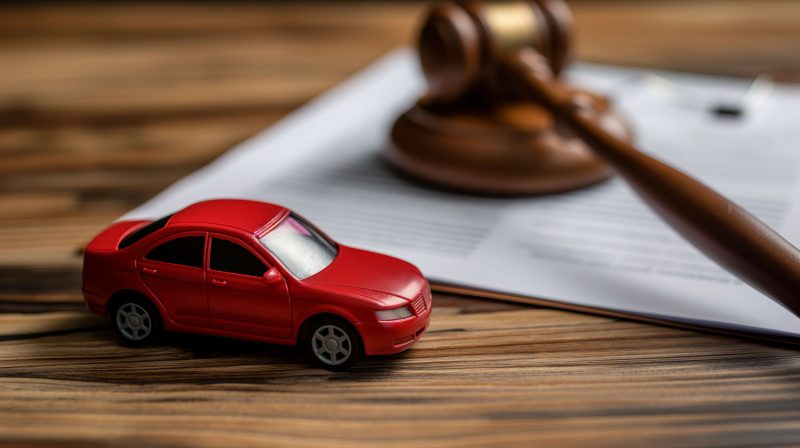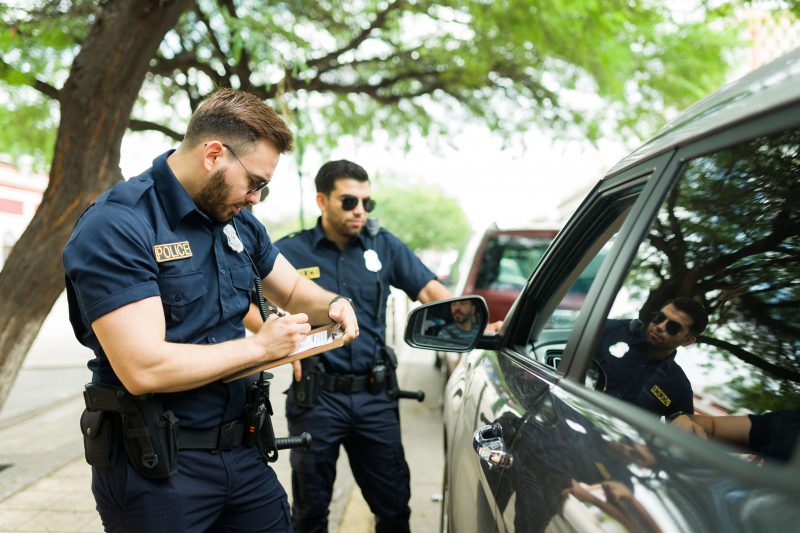If you’ve joined us here before on our nifty eTags blog, you will be certain about a few things. You could attest to the fact that we’re here to help. That titles and tags are our expertise, and that we love to assist folks with title transfers: replacement or duplicate titles, adding or removing a name to or from a title. And registrations: whether you need a new tag, to transfer your plate to a new vehicle, or to renew your current registration…this is all in our wheelhouse.
Use eTags© to Quickly Complete Your DMV Service. Renewals, Title Transfers and More, All Online!
And if you’ve been hanging out with us here for a while, you’ll also be privy to the fact that we’re really into trends. It’s a passion of ours to keep a finger on the pulse of what’s beating in the automotive world. Whether it’s the latest make and model, EV versus gas-fueled, what color paints are en vogue, or what consumers have been most drawn to lately, we want to know about it.
But because we’re in the business of cars, trucks, SUV’s, EV’s, RV’s, and just about any vehicle that falls into the category of requiring a title and/or registration, we’re also constantly interested in the legal side of driving and car ownership. What new laws have recently been passed? Which rules and regulations have changed, developed, or have been eradicated? If it’s related to road-worthy vehicles, we’re into it.
While it’s not always possible to keep tabs on every single development across fifty states’ worth of DMV and the equivalent establishments, we do try and stay afloat in the ever-changing world of driving and automotive laws.

Today we wanted to highlight two relatively new laws in Maryland. Passed only two months ago (in October of 2024) new legislation places both laws under the umbrella term, “Move Over.”
In effect, these laws generally aim to foster safer driving on Maryland roads.
The first traffic law was created to increase the safety for emergency first-responders. This includes police vehicles, fire trucks, ambulances, as well as workers tending to roadside emergencies. When approaching any of the aforementioned vehicles, drivers will now be required to change lanes to the first lane – moving in the same direction – not adjacent to the emergency car or truck. If this is possible, of course.
Drivers will not be asked to cause any kind of unsafe or disruptive driving, however. They are only being directed to move as far away as they can, maintaining the utmost safety for themselves, their passengers, other cars on the road, and obviously, whatever emergency vehicle is involved.
If, for some reason, a driver is not able to safely move to another lane away from an emergency vehicle that is stopped – if there is no other lane – they will then be required to proceed past the incident with the utmost caution. The law instructs drivers with the following phrase: “slow to a reasonable speed that is safe for existing weather, road, and vehicular or pedestrian traffic conditions.”

The state of Maryland intends to create a much safer environment for emergency services with the implementation of this law. The extra space, the barrier between passing cars and emergency vehicles will allow for a buffer, an additional awareness, and better conditions for first responders.
Emergency Vehicles in the state of Maryland belong to the following sectors:
- Federal, State, or Local Law enforcement
- Volunteer Fire companies, rescue squads, fire departments, Maryland Institute for Emergency Medical Services Systems, and the Maryland Fire and Rescue Institute
- State vehicles responding to oil or other hazardous spills
- State vehicles used by the Commissioner of Correction in emergencies
- Ambulances
- Any federal, state, or local government vehicle used for emergency and/or rescue purposes
If drivers are caught in violation of this new law, they could face a $110 fine for their first offense, as well as one point on their driver’s license.
If the violation causes a crash, the fine is raised to $150 with an added three points to their license. If, in the worst-case scenario, this recklessness causes loss of life or grave injury, the fine is $750 with three points. But we’re sincerely hoping it never comes to that.
Basically, Maryland is serious about the safety of its emergency services as well as that of all drivers and pedestrians on its state roads. And in that vein, the second law that falls under the “Move Over” umbrella is one directed at keeping safe bicyclists, scooter drivers, and electric personal assistive mobility device (EPAMD) operators.

This law obliges drivers to pass or overtake the above listed ‘vehicles’ at a distance that is a minimum of three feet. Like the first law in effect, drivers most also be aware of whether or not they can safely pass at such a distance, doing so only if they are certain that there is enough space, that it is secure.
The penalties for violating this second law are somewhat lighter; the fine for a first offense in $80 and one point on your driver’s license, and $120 if the violation has caused a traffic accident. All in all, these laws are meant to heighten the safety of everyone on Maryland’s roads, streets and highways. And while they are currently in use, it’s always a good idea to double check – laws, rules, and regulations change all the time!
As far as we’re concerned, we like safety, so we’re big fans of caution and considerate driving. We’re also big fans of titles and registrations, so if you happen to be in the state of Maryland and need our help with either, head to our site and let us lend a hand. Because as always, at eTags, we’re here to help!








